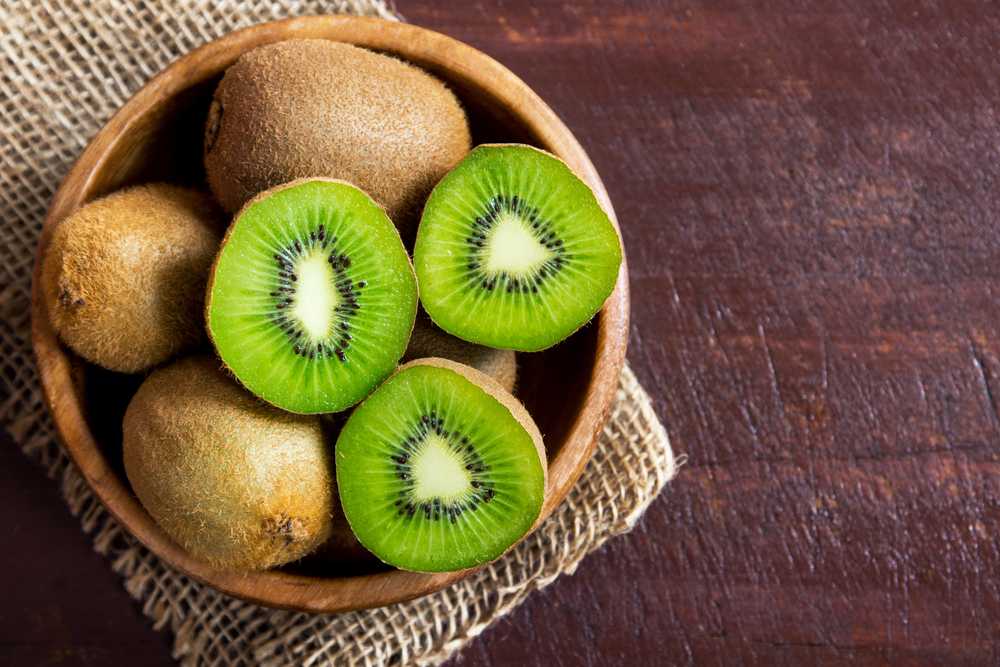Kiwis Unmasked: What Do Kiwis Taste Like and Extra
Wiki Article
A Deep Dive Into Kiwi Cultivation: Unveiling the Techniques, Obstacles, and Potential for Sustainable Farming
Are you thinking about the secrets behind successful kiwi cultivation? Look no more! In this write-up, we will certainly take you on a deep study the methods, difficulties, and capacity for sustainable farming on the planet of kiwis. Discover the optimum expanding conditions, sophisticated cultivation techniques, and the sustainable methods that can open the complete capacity of kiwi farming. Prepare yourself to uncover the surprise expertise that will transform your kiwi cultivation undertakings.Optimal Expanding Conditions for Kiwi Plant Kingdoms

Cutting-Edge Farming Methods
To maximize kiwi farming, utilize advanced strategies that improve productivity and sustainability. One such strategy is precision farming, which makes use of sophisticated innovations like drones, GPS, and remote noticing to keep track of and handle plants much more efficiently. Drones furnished with multispectral electronic cameras can record high-resolution images of kiwi plants, allowing farmers to evaluate their health and find any kind of indications of disease or stress. GPS modern technology enables specific mapping and tracking of the kiwi vines, enhancing watering and fertilizing techniques to ensure that each plant obtains the essential nutrients and water. An additional cutting-edge method is upright farming, which involves expanding kiwi plants in piled layers using man-made lights and climate-controlled environments. This method makes the most of land use performance and reduces water consumption, making it optimal for urban locations or regions with minimal cultivatable land. Furthermore, aeroponics and hydroponics systems are gaining appeal in kiwi farming. These soilless cultivation techniques give plants with a nutrient-rich service or haze, respectively, advertising faster development and greater returns. By embracing these advanced strategies, kiwi farmers can accomplish greater performance, maximize source usage, and add to lasting farming methods.Difficulties Encountered by Kiwi Farmers
Dealing with countless difficulties, kiwi farmers should browse with numerous challenges to guarantee effective growing and sustainable farming methods. Kiwi plants require a details climate to flourish, with cozy summertimes and trendy winter seasons.Another significant difficulty for kiwi farmers is conditions and parasites. Kiwi vines are susceptible to a series of insects, consisting of mites, aphids, and thrips, which can damage the fallen leaves and fruit. In addition, diseases like Psa (Pseudomonas syringae pv. actinidiae) and botrytis can badly influence kiwi production. Farmers need to use integrated insect management techniques, such as regular monitoring, biological control methods, and correct cleanliness, to protect against and manage parasite and illness episodes.
Kiwi growing requires labor-intensive tasks, such as trellising, harvesting, and trimming. Discovering competent laborers that are well-informed about kiwi farming strategies can be difficult.
Sustainable Farming Practices for Kiwi Farming

To guarantee lasting kiwi growing, you can apply a series of practices that promote environmental stewardship and long-term viability of your farm. One important practice is using organic fertilizers and insect administration methods. By preventing look at this site synthetic chemicals and instead choosing natural alternatives, you can minimize the negative effect on soil health and biodiversity. Additionally, it is crucial to practice liable water monitoring. Kiwi plants need a considerable amount of water, however excessive irrigation can lead to water waste and dirt disintegration. Executing efficient watering systems, such as drip watering or precision sprinklers, can assist preserve water and enhance its usage. An additional sustainable farming method is making use of cover crops. These crops not just assist avoid soil disintegration but additionally boost dirt fertility by including organic matter and dealing with nitrogen. Implementing incorporated insect management methods can considerably lower the requirement for chemical pesticides. By encouraging all-natural killers, utilizing scent traps, and exercising crop turning, you can successfully control bugs while reducing environmental injury. Finally, taking on sustainable power techniques, such as using solar energy or investing in energy-efficient technologies, can reduce your ranch's carbon footprint and add to a more sustainable kiwi farming system.
Opening the Possible of Kiwi Farming
By implementing lasting farming practices, you can open the full capacity of kiwi farming while lessening ecological impact. Kiwi farming has tremendous capacity for development and profitability, but it also includes its own collection of difficulties. To totally unlock this possibility, it is vital to take on sustainable techniques that not only take full advantage of yield and top quality yet also ensure long-term stability.One key aspect of unlocking the potential of kiwi farming is enhancing irrigation methods - what do kiwis taste like. Kiwi plants call for a specific quantity of water to prosper, and by utilizing effective watering systems such as drip irrigation or precision sprinklers, you can lessen water wastefulness and minimize the threat of waterlogging or dirt disintegration
Another essential factor is dirt wellness administration. Healthy and balanced and productive dirt is vital for the growth and advancement of kiwi plants. By implementing techniques such as cover chopping, crop rotation, and natural fertilizing, you can boost soil structure, improve nutrition accessibility, and reduce the need for chemical inputs.
Furthermore, integrated parasite management (IPM) strategies are essential in opening the capacity of kiwi farming. By adopting IPM strategies such as biological insect control, scent catches, and plant tracking, you can efficiently handle insects and conditions while minimizing making use of chemical pesticides.
Final Thought
In verdict, kiwi farming holds fantastic prospective for lasting farming techniques. With optimal growing problems and an emphasis on lasting techniques, kiwi farming can flourish while lessening ecological effect.Discover the optimal expanding conditions, sophisticated Going Here farming strategies, and the sustainable methods that can unlock the full capacity of kiwi farming. By welcoming these sophisticated methods, kiwi farmers can achieve higher performance, optimize source usage, and contribute to lasting farming practices.
Encountering many obstacles, kiwi farmers need to navigate through numerous barriers to make certain successful cultivation and sustainable farming practices.By executing lasting farming techniques, you can open the full possibility of kiwi farming while minimizing environmental impact.In final thought, kiwi cultivation holds excellent potential for sustainable find farming methods.
Report this wiki page